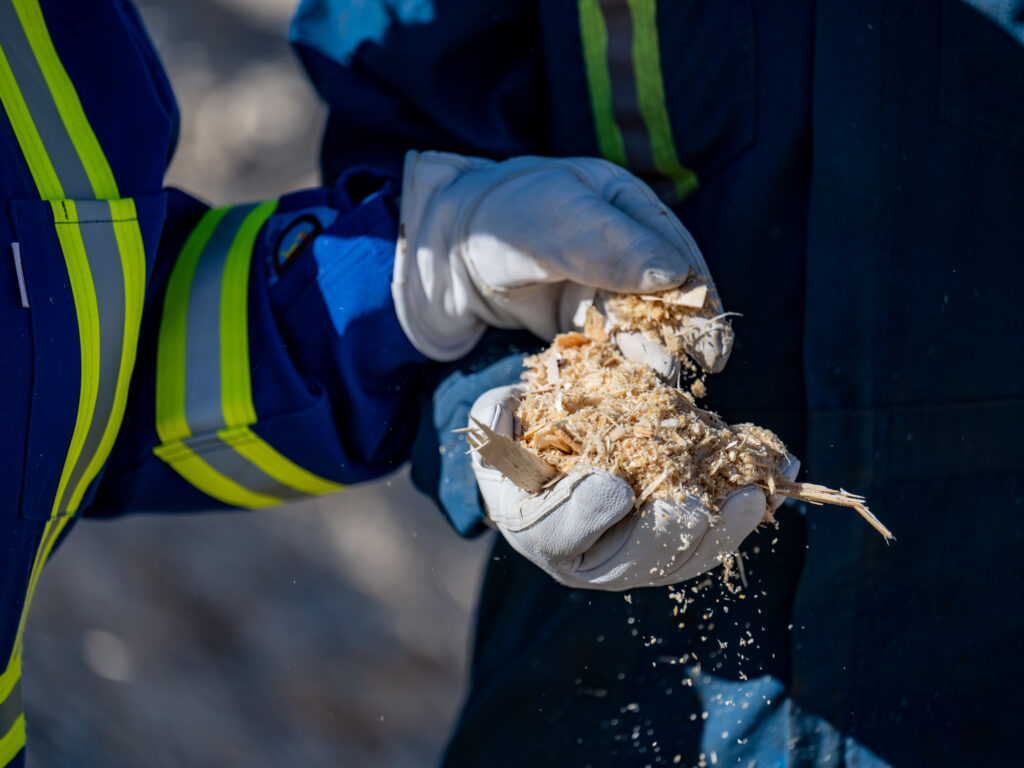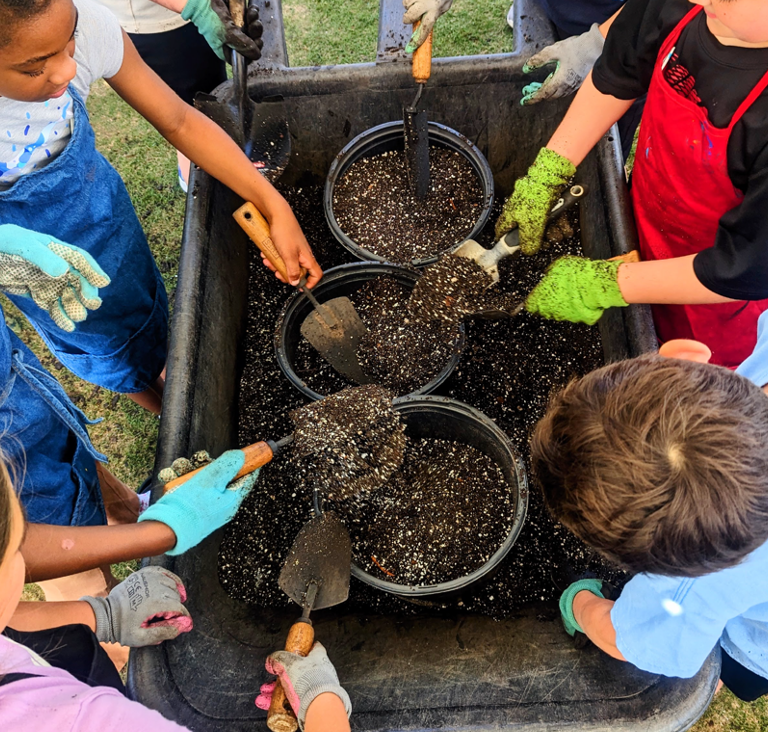
Miguel Veiga-Pestana, Chief Sustainability Officer
“Sustainability is the cornerstone of long-term success and the transformation of our business. By ensuring that we source sustainable biomass, and that we embed sustainable practices into every facet of our operations, we can build lasting value for our business and the communities we serve.”

Enabling a zero carbon, lower cost energy future

Seeking to make a positive
contribution to the lives and
livelihoods of our colleagues,
communities, and workers
in our supply chain by 2030.

Committed to responsible biomass sourcing
We commit to sourcing biomass that delivers climate, nature and people positive outcomes, adhering to strict compliance, traceability, and third-party certification standards.
Making a positive contribution to the lives and livelihoods of our colleagues
Health and safety is a key part of our license to operate. All employees and those working on behalf of Drax have a role to play in safety for themselves and their co-workers.
Community engagement
Partnering with the communities we operate in to make a positive contribution to their lives and livelihoods.
Central to our Sustainability Framework is the principle of double materiality.
This approach considers sustainability issues relevant in terms of their potential impact on the financial performance of Drax, but also in terms of how our business activities affect the environment and society.


Our approach in line with the Taskforce on Climate-related Financial Disclosures (TCFD) framework
Responding to the challenge of climate change is central to our purpose, our three strategic aims, and our ambition to achieve our SBTi targets while contributing to energy security within the UK and carbon removals capacity globally.















